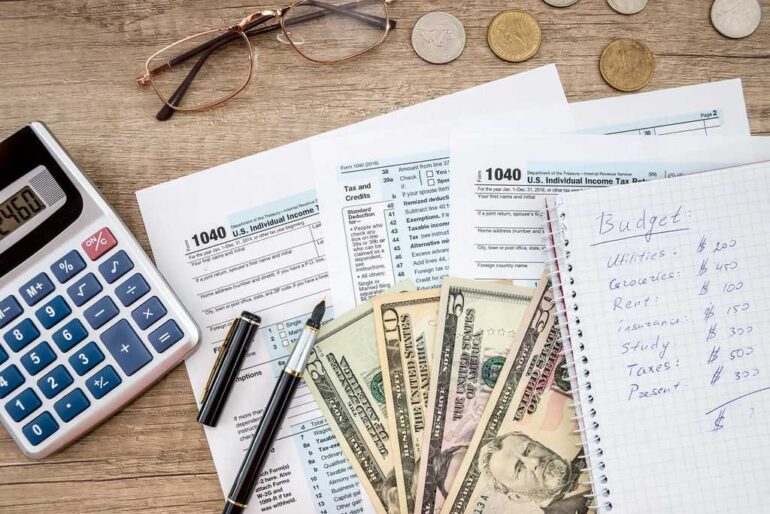
Ever feel like your money just magically disappears by the end of each month? You’re not alone. Many people find themselves scratching their heads over their finances, wondering where it all went. That’s where a solid budget comes into play—not just as a financial tool, but as a roadmap to control your spending, save for your goals, and even get some relief from debt.
For those overwhelmed by debt, incorporating a debt relief program into your budgeting strategy can be a game-changer. But first, let’s dive into how to create a budget that you can not only live with but actually enjoy sticking to.
Step 1 ─ Assess Your Financial Landscape
Before you can manage your money, you need to know exactly how much is coming in and where it’s going out. This means taking a good, hard look at your income versus your expenses.
- Calculate your income ─ Start by figuring out exactly how much money you bring home each month. Include all sources of income, not just your main salary.
- List your expenses ─ Write down what you spend in a month. Categorize your expenses into fixed (like rent or car payments) and variable (like groceries and entertainment).
Step 2 ─ Set Realistic Goals
What do you want to achieve with your budget? Saving for a dream vacation, paying off debt, or building an emergency fund? Setting clear, realistic goals is crucial because they motivate you to stick to your budget.
Short-term and long-term goals ─ Define what you need to achieve in the short term (within a year) and in the long term (beyond a year). This helps prioritize your spending and saving.

Step 3 ─ Create Your Budgeting Plan
Now that you know what you make and what you want to save for, it’s time to create a budget that bridges the gap between your income and your goals. This is about balancing your expenses with your income.
- 50/30/20 rule ─ A popular method for budgeting is the 50/30/20 rule, where 50% of your income goes to necessities, 30% to wants, and 20% to savings or paying off debt.
- Adjust as needed ─ Your budget should fit your unique financial situation. Don’t be afraid to tweak the percentages to better suit your needs.
Step 4 ─ Monitor and Adjust
The only way to truly stick to a budget is to keep an eye on it. This means regularly checking in to track your spending and adjusting as needed.
- Track your spending ─ Use an app or spreadsheet to keep track of your spending. This will help you see if you’re sticking to your budget and where you might be going off track.
- Review monthly ─ At the end of each month, review your budget and spending. This helps you understand what worked, what didn’t, and how you can improve next month.

Step 5 ─ Incorporate Debt Management
If you’re dealing with significant debt, incorporating a debt relief program into your budget can provide structure and potentially ease the financial strain.
- Explore debt relief options ─ Programs like debt consolidation or negotiations can lower your payments and interest rates, making it easier to manage debt within your budget.
- Prioritize high-interest debt ─ Always aim to pay off high-interest debts first, as they accumulate the most cost over time.
The Power of Flexibility
Remember, a budget is not a prison—it’s a tool designed to give you freedom. The most successful budgets are flexible. Life changes, and so will your financial needs, so your budget should adapt too.
Conclusion
Creating and sticking to a budget might seem daunting at first, but it’s essentially about making your money work for you. By understanding your financial landscape, setting achievable goals, and regularly reviewing your finances, you can maintain control over your money and achieve your financial dreams.
And remember, a budget is most effective when it’s used as a guide, not a restriction.
